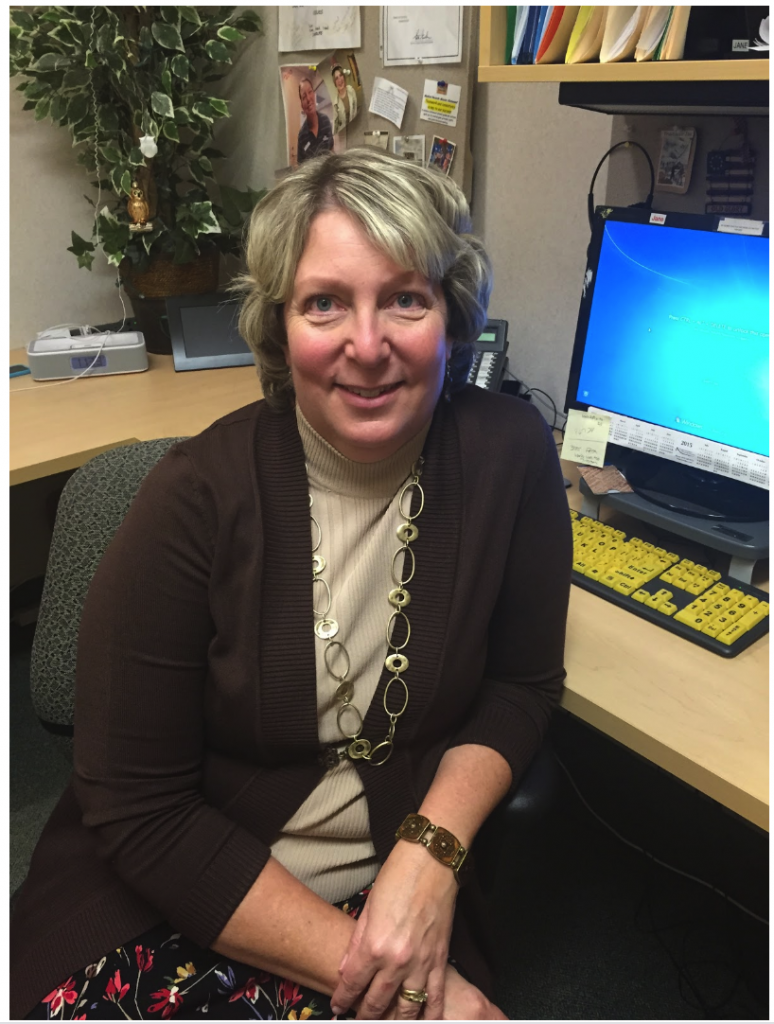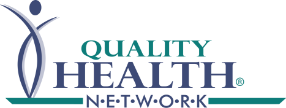
Jane Lostumbo, Supervisor of Medical Records at RMOA
The Evolution of Health IT Utilization
As the adoption of health IT progresses and matures, and interoperability becomes more robust, the utilization by providers of Health Information Exchange (HIE) continues to evolve and transform itself. In practices/organizations with robust bidirectional interfaces the integration of the HIE becomes almost seamless. Many providers no longer login to the Quality Health Network (QHN) system multiple times a day. The information they seek magically appears (QHN directly routes or “pushes” data in real-time) directly in their electronic health record (EHR) so that care team members access the information on their behalf.
Trying to understand this evolving health IT landscape, QHN looked for insight to a large and very busy Orthopaedic group in Grand Junction, CO named Rocky Mountain Orthopaedic Associates (RMOA). RMOA coordinates nine clinics each day out of one large office. Sports medicine, pediatric orthopaedics, spine care, foot and hand care, fracture care, physical medicine, physical therapy and joint replacement clinics are all running daily and simultaneously.
Staff Improves Provider Efficiency with HIE
Jane Lostumbo, Supervisor of Medical Records at RMOA, noted that the way providers use the QHN HIE is unique to each and dependent on their practice work-flow. “Our providers are rarely logged in to QHN; it’s primarily the care team members, medical assistants or the medical records team,” said Lostumbo. “QHN [data] is used extensively by medical records as they do the preparation for the 250-300 patient visits they help coordinate every day.”
Many of RMOA’s patients are referred from other providers or the local Emergency Departments. In planning for the patients’ visit the RMOA medical records team preps the patient chart by gathering testing and diagnostic information from QHN and downloads the reports directly into their EHR. Last month alone, more than 5,000 patient reports came from the QHN data repository!
HIE Makes for One-Stop-Shop
“In the past a provider might ask us to track down a patient’s labs. We would have to check both hospitals and maybe make two or three phone calls and then wait for faxes. Now we don’t have to worry about where the labs or images were taken. We can go to one source to find what we need. Almost anything we need we can find in one place – QHN is a one-stop-shop for us – this is a huge time and money saver, our providers then have exactly what they need when they see the patient. And having that information readily available improves the care we provide. To our providers it’s an invisible thing that just happens,” continues Lostumbo.



